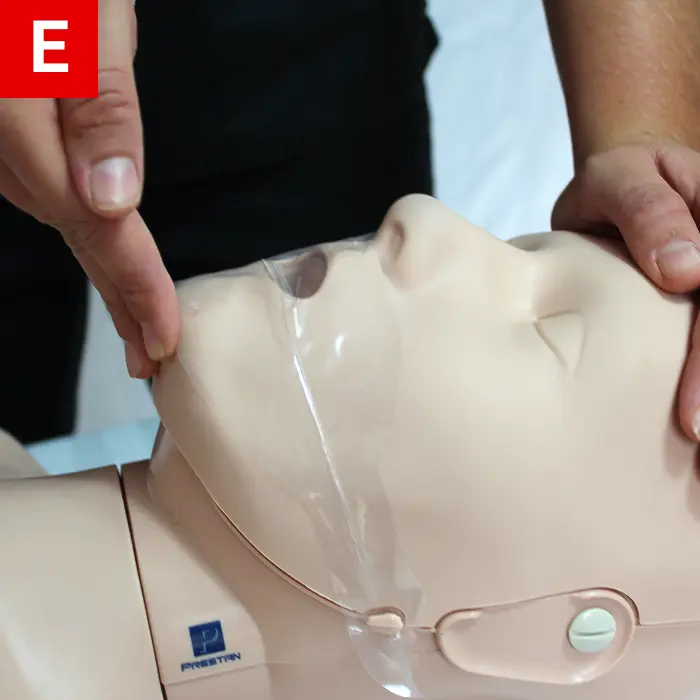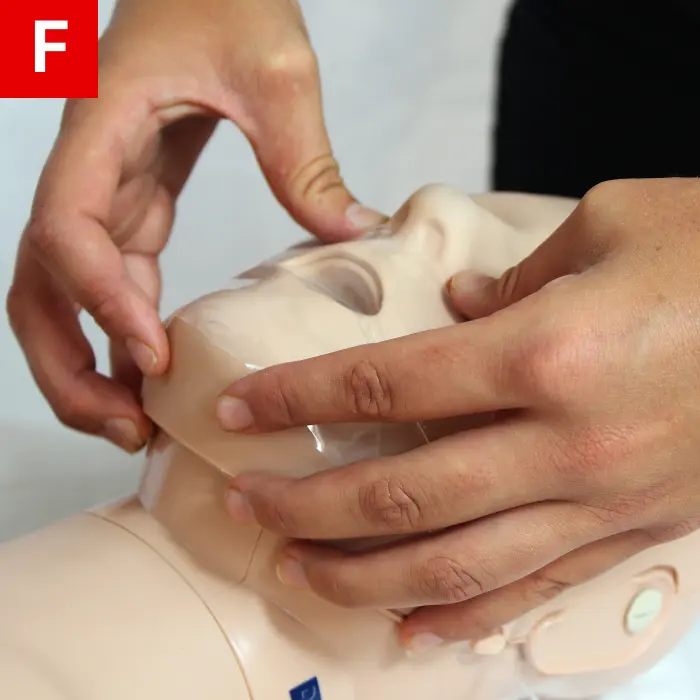One Rescuer BLS/CPR for Adults
Be Safe
- Make sure the scene is safe before proceeding.
- Choose a location where there will be few to no interruptions, if at all possible.
- Keep the victim out of bodies of water and pat him or her dry, if applicable. Drowned individuals should be taken as far as possible from all bodies of water, including puddles, gutters, or pools.
- As a rescuer, you have to make sure that you stay fit to carry out the demands of BLS/CPR.
Assess the Person
- Assess the person’s consciousness by shaking or tapping their shoulder hard and talking to him or her.
- Assess the person’s breathing patterns. Be aware of agonal breathing, which is an interrupted breathing pattern that is not indicative of recovery.
Call EMS
- Do not leave the patient alone. Get someone else to call for help or retrieve an AED.
- In the event that there are no other individuals in your vicinity, proceed by checking the patient’s pulse and breathing while simultaneously contacting help. (The ILCOR points out that mobile phones now come with built-in speakerphone capabilities, allowing rescuers to simultaneously attend to the patient while calling for help.)
CPR
- Begin sets of compressions and rescue breaths.
Defibrillate
- Use the AED pads when available.






Figure 4
CPR Steps
- The carotid pulse should be checked on the side of the neck (Figure 4a). Don’t waste time feeling for a pulse longer than 10 seconds. Even if you do not feel the pulse, start a cycle of CPR with two breaths and 30 chest compressions.
- The heel of one hand should rest on the lower half of the sternum (Figure 4b).
- The other hand should be above the first (Figure 4c).
- Straighten your arms and press down (Figure 4c). Each compression should reach 2 to 2.4″ (5 to 6 cm) into the patient’s chest, with a rate of 100 to 120 compressions per minute.
- Between each compression, stop pressing and allow the chest wall to recoil naturally. Do not lean or rest on the chest between compressions, as this prevents the heart from refilling between compressions, making CPR less effective.
- Tilt the head and lift the chin to open the airways after 30 compressions (Figure 4d &4e).
-
Tilt the head back after putting your hand on the patient’s forehead.
-
Lift the jaw with your index and middle fingers on the lower jaw.
-
If the patient has a neck injury, do not tilt the head; simply use the jaw-thrust.
-
In applying the jaw-thrust maneuver, hold the lower jaw’s angles and lift with both hands, moving the jaw forward from either side. Open the lower lip with your thumb if the patient’s lips are sealed (Figure 4f).
-
- Watch the chest rise and give a breath. Do this again while administering a second breath.
- Chest compressions should then be resumed. Switch between compressions and rescue breaths while minimizing interruptions in the compressions.
